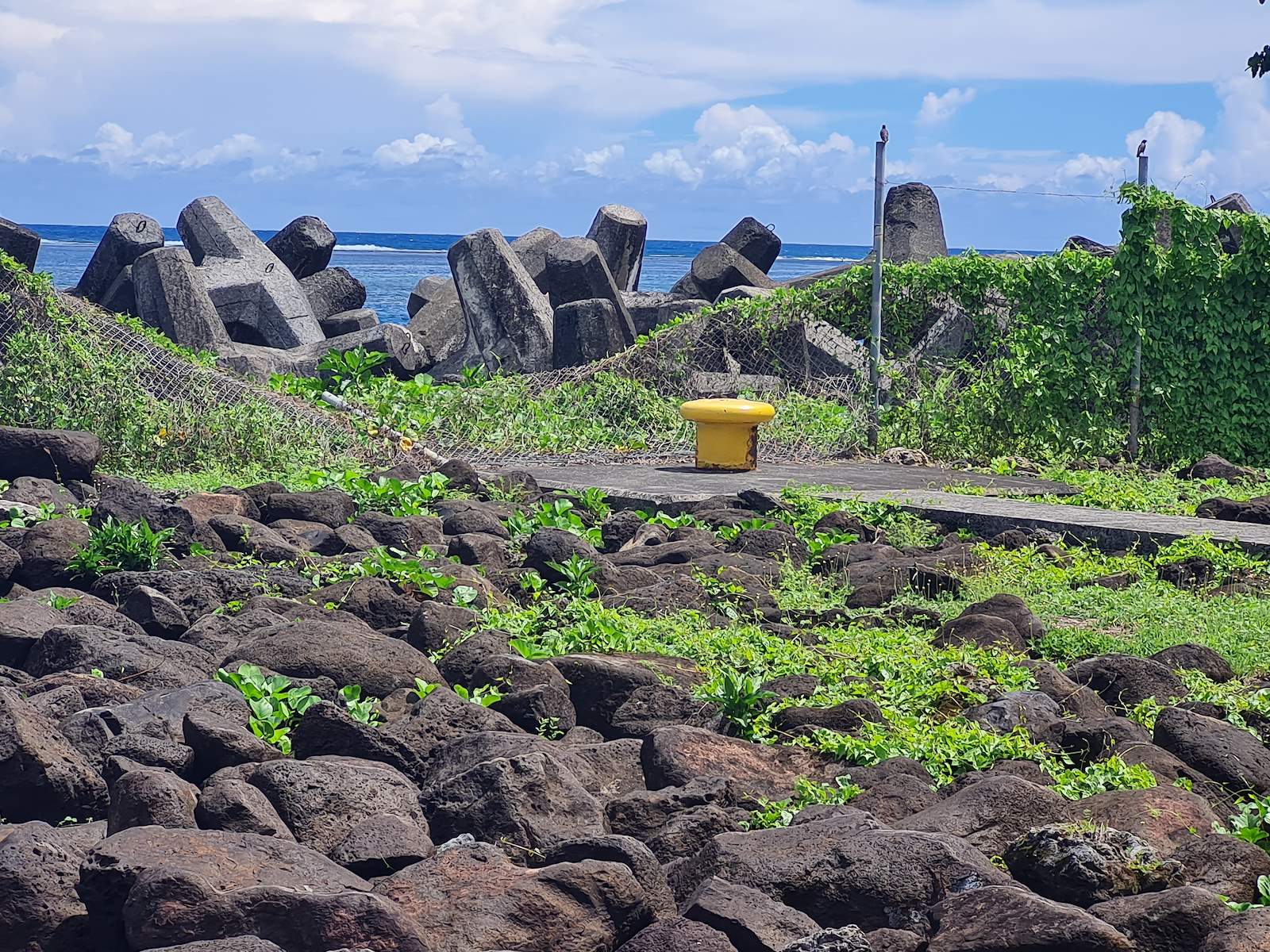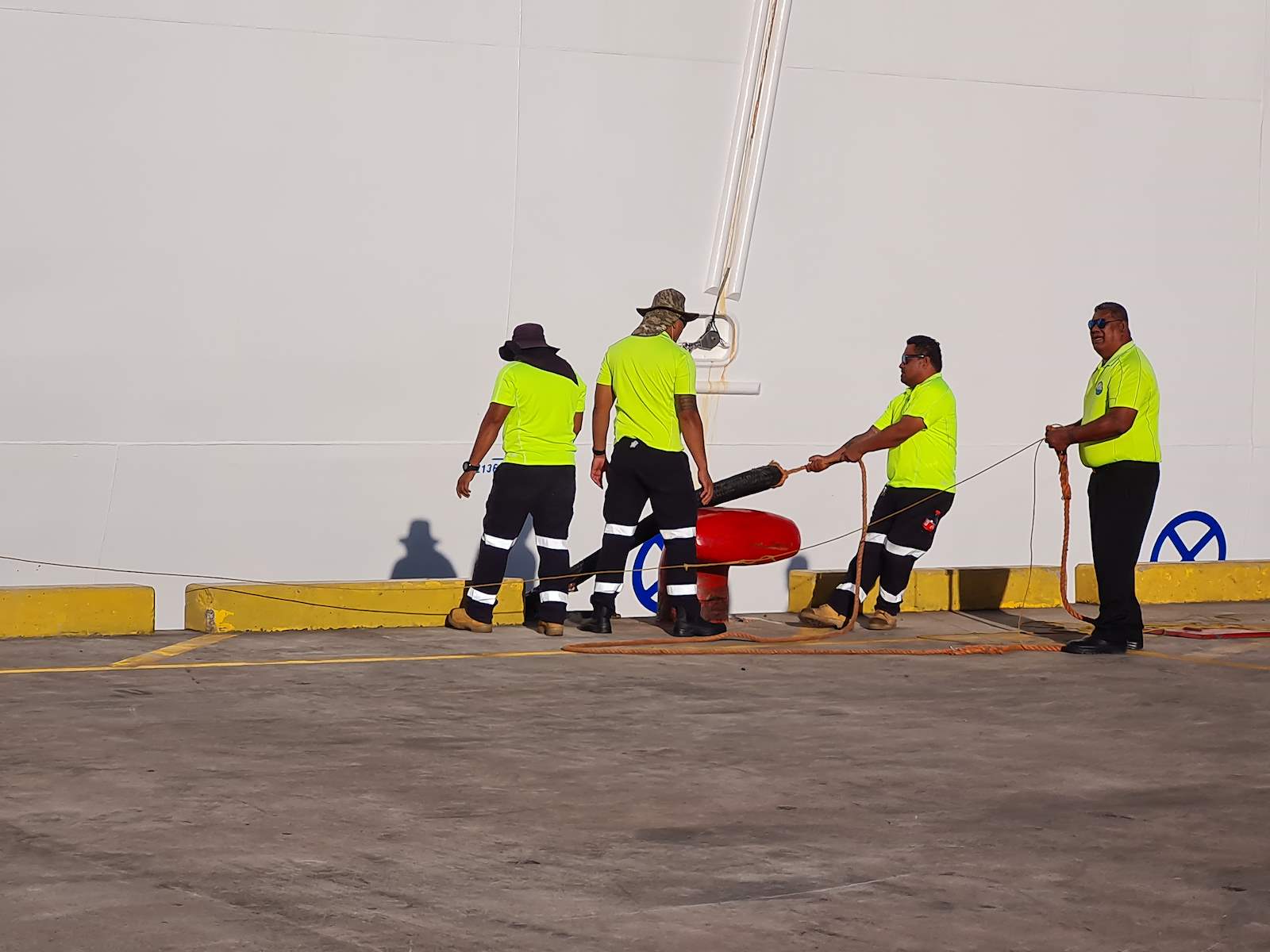MHDPP
The plan is designed to ensure that:
-
SPA's ports are able to respond promptly and appropriately to a disaster event.
-
Critical business functions can be maintained or restored in a timely fashion in the event of a material business disruption.
The MHDPP describes the disaster preparedness arrangements at the Port to enable port users and emergency service personnel to effectively prepare for and manage a safe response to disaster events that may impact the Port and its operations. It provides guidelines for actions to be taken prior to a disaster event to minimise the potential for loss of life, injury to people, and damage to the environment and property by covering foreseeable incidents and outlining preparedness actions.

Preparedness is essential for effective response to the impacts of hazards and entails undertaking certain measures in advance, including timely and effective early warning systems and the temporary evacuation of people and property from threatened locations. Preparedness enables role-players, including national agencies, professional response and recovery organizations, the private sector, communities, and individuals to effectively anticipate, respond to, and recover from the impacts of an impending or occurring disaster, or the effects of a disaster.
Preparedness actions include:
-
Planning for hazards, natural and man-made. Some hazards may be seasonal, and this should also be considered in the planning process.
-
Establishing clear information dissemination processes to alert at-risk staff and surrounding communities of impending threats, i.e., early warning systems.
-
Specifying evacuation procedures, routes, and sites in advance of expected emergencies.
-
Planning for logistical support and resources.
-
Inventories.
-
Defining clear roles and responsibilities for different emergency situations in advance.
-
Defining clear communication processes and protocols for different emergency situations in advance, e.g., use of emergency information and communications systems.
-
Continued monitoring and evaluation.
-
Training, drills, and exercises.
These actions are key components of a MHDPP. The MHDPP incorporates all disaster management activities from preparedness to response. It is intended to enhance the Port’s ability to prepare for and manage all disasters and seeks to define arrangements to cope with the effects of natural and/or man-made disasters. Further, it will ensure a rapid coordinated response by role-players and the port community to disaster events.
The MHDPP includes the following content:
-
Description of the port and the activities carried out at the port
-
Disaster risk profile (including biological, environmental, geological, hydrometeorological, technological and societal hazards)
-
Inventory of available resources in the port for emergency purposes
-
Declaration and classification of a disaster (including a proposed 3-tier declaration methodology)
-
Coordination and management of a disaster (including roles and responsibilities)
-
Implementation of the plan (including training, testing, and assessment activities)
-
Monitoring, evaluation, and review of the plan (including need for ongoing training)
-
Integration of the plan into other plans (i.e. how the plan interfaces with national laws, international plans and policies, national plans and policies, current port plans, and documents or plans that are in development).
The MHDPP also includes procedures and plans for the following:

-
Multi-hazard response procedure
-
Oil spill and marine pollution response plan
-
Cyclone preparedness plan
-
Evacuation arrangements